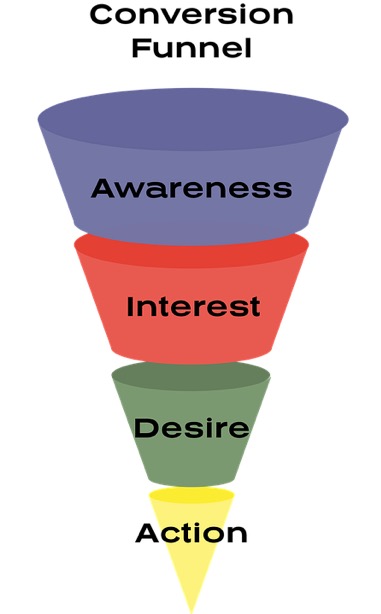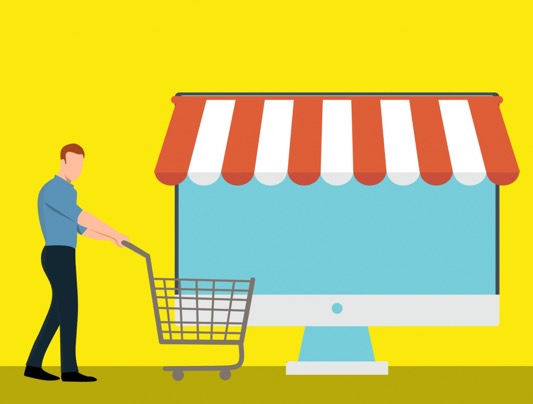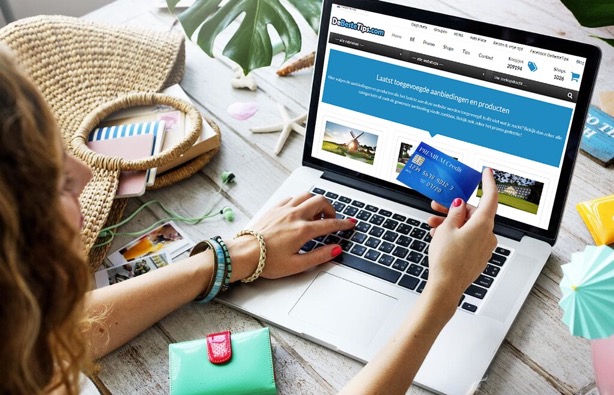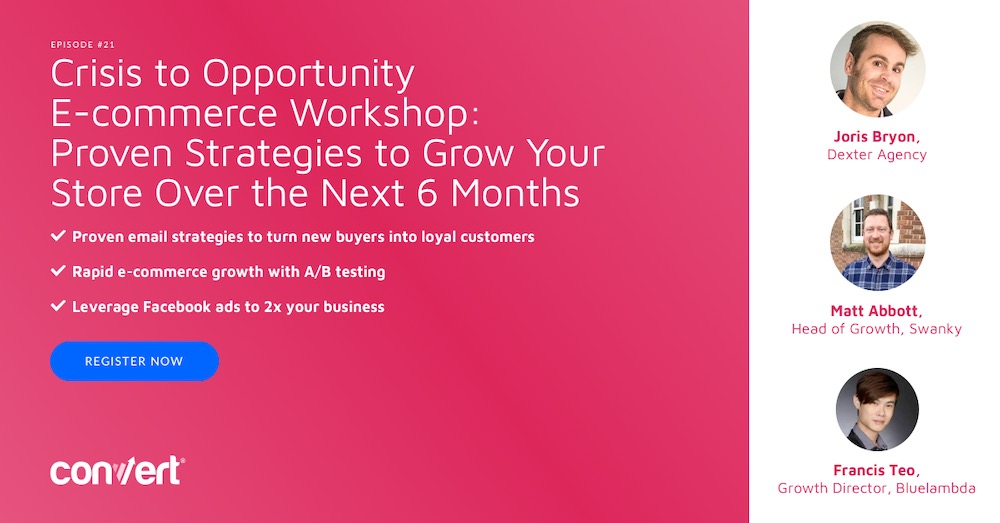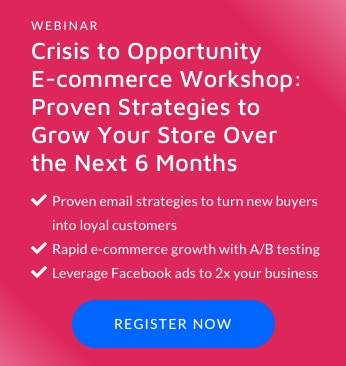How to Set-Up and Optimize an Ecommerce Conversion Funnel to Drive Sales
If you’re running an ecommerce business, you already know just how difficult it is to carve out your niche in a hugely competitive marketplace. Calculating your profit margin can be a rude awakening for some ecommerce firms.
Sure, there are things you can do to promote your business — like mobile marketing. These tactics can have a significant positive impact on your bottom line, but they will only take your business so far. This is why you need to think about setting up and optimizing your conversion funnel.
A big part of this is choosing the best sales funnel software for your business. But you must also understand exactly what a conversion funnel does, and how it boosts sales and revenue. You should also think about why you need one in the first place. The reality is that the average shopping cart abandonment rate is just under 68 percent. This means that more than two-thirds of consumers simply abandon their carts rather than completing a purchase.
Whether you’re selling handmade arts and crafts, a magazine maker, or automatic call distribution software you need to understand what makes your customer and client base tick. You must also ensure that you understand why they do — or don’t — go through with their purchases.
Here, we’ll discuss how you might go about setting up and optimizing an ecommerce conversion funnel. Before we go into any further detail about that, however, let’s take a closer look at what conversion funnels do, and what their benefits to your business might be.
What Are Conversion Funnels?
In short, an ecommerce conversion funnel provides customers with a route to take towards a transaction. There are four general stages:
- The landing page (where their interest is piqued),
- The product page (where they explore particular products in more detail and consider making a purchase),
- The shopping cart (where they place products before making the final decision to complete the purchase),
- The purchase itself.
The objective is to ensure that as many customers as possible make it through every stage and see the transaction to completion.
There are lots of actions you can take to help encourage customers along the path you’ve laid out for them. For instance, when a customer sets up an account on your site, you can send them a quick onboarding email thanking them for doing so and perhaps pointing them to the best deals available on your site.
Whatever you do, the most important thing is to ensure that the pathway is as clear and as easy for consumers to follow as possible. You have to ensure that your site is navigable; this will have a decisive impact on whether your conversion rates are healthy or underwhelming.
How to Set Up Your Conversion Funnel
So, with that out of the way, it’s time to look at specific methods you should use to set up your conversion funnel and optimize it to maximize sales and revenue.
Here are our top 5 tips:
1. Make your landing pages engaging
Your landing pages are of vital importance. They’re the first pages most customers will engage with on your website, so they need to have good content. Put yourself in the consumer’s shoes. If you’re looking for a VoIP phone system for small business, for example, you’ll want to know what it is, what features it offers, and what potential benefits it can deliver.
Make sure the landing pages are well designed and not too text-heavy — any text needs to be concise and clearly written. If you confront users with a wall of text, they’ll probably switch off and bounce off your website. Make sure, too, that your landing pages have crisp and clear calls to action; this will help nudge visitors on to the next stage of their journey.
Think about visuals as well as text: research has indicated that the use of video on landing pages could boost conversions by a whopping 86 percent. Your landing pages will also affect your email marketing conversion rate, so you must ensure that messages direct users to landing pages that are relevant to their interests, visually engaging, and clear.
2. Ensure your product pages are well optimized
Product pages also need to be crisp and well optimized. You should do regular keyword research and competitor analyses to see what your rivals’ product pages are like. Think about these questions:
- What are they getting right?
- What are they getting wrong?
- Where can you steal a march on them?
Think about search engine results pages, too. Your product pages should be optimized for the relevant keywords consumers are searching for. Avoid keyword stuffing, though, as you’re likely to be penalized for it by search engines. Provide users with the information they’re looking for about the product, and again, ensure that strong CTAs are there to encourage them to take the next step towards completing their purchase.
What’s more, don’t forget about mobile optimization! According to Unbounce, mobile-friendly landing pages can boost conversion rates from 10.7 percent for desktop-only pages to 11.7 percent for pages optimized for mobile.
For more expert insights, check out Convert’s in-depth guides to multivariate or A/B testing, and targeted testing of product pages.
3. Use exit-intent triggers and pop-ups
A huge percentage of consumers simply abandon their shopping carts before completing a purchase. Sales generation pop-ups can reduce this, by presenting users with a message before they leave your website. This could provide them with some gentle encouragement to continue with their transaction.
According to one study from 2017, exit-intent triggers increased time on site by 16 percent, and also helped produce a 10 percent increase in conversion rates.
4. Use social media to draw consumers in
Before you can turn visitors to make a purchase, you first have to draw them in. If you’re running a relatively small business, you probably won’t be able to rely on word of mouth alone. Your bigger competitors, meanwhile, will have more brand recognition and digital ad spend.
Inventive and engaging use of social media can help close the gap. Though social media conversion rates tend to be lower than other traffic sources — around one percent according to Episerver — a study from PricewaterhouseCoopers found that 37 percent of shoppers had been inspired to make purchases by social media. That made it the single biggest source of purchase inspiration.
5. Offer a loyalty scheme
Loyalty schemes are hugely popular among consumers. This includes younger audiences, too: 68 percent of millennials surveyed said they would not remain loyal to a particular brand unless it offered a good loyalty program. This is why the incentive of a loyalty program and its associated discounts and rewards proves very effective at getting consumers to proceed further along your conversion funnel.
Loyalty schemes encourage return visits, and returning visitors have higher conversion rates than their one-time counterparts. The average conversion rate rises to 45 percent for return visits after the second purchase. But you need to make sure your consumers know about any scheme, so make sure you promote it consistently on your website and make it clear to visitors what you’re offering.
Written By
John Allen

Edited By
Carmen Apostu

